Brain Science
Enterprise Knowledge Hub for Brain Image Assessments
Focused on the brain as organ involved in neuropathologies and mental health this research area combines multi-modal brain imaging with omics methods and clinical assessments.
Learn more
The breadth and complexity of both, the affected organ and the effects requires multi-disciplinary collaborations of clinicians and researchers from psychiatry, neuroimaging, systems biology, neuro- and bioinformatics.
These aim to develop improved understanding of mechanisms, discovery and validate new multi-modal markers for diagnosis, prognosis, therapy assignment, stratification and monitoring, and translate these discoveries into clinical benefit for patients.
Our projects
EU and national research projects
LabVantage-Biomax contributes to Brain Science research in multiple previous and ongoing large-scale EU and national research projects from epilepsy to multiple sclerosis, dementia and alzheimer’s disease, psychosis and depression. Importantly, LabVantage-Biomax has been selected to provide a central infrastructure to the Human Brain Project. In these projects we provide secure and sustainable infrastructure that semantically integrate
Areas and projects
Areas and projects
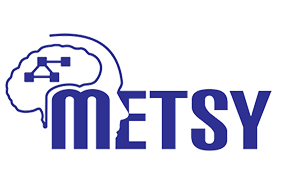

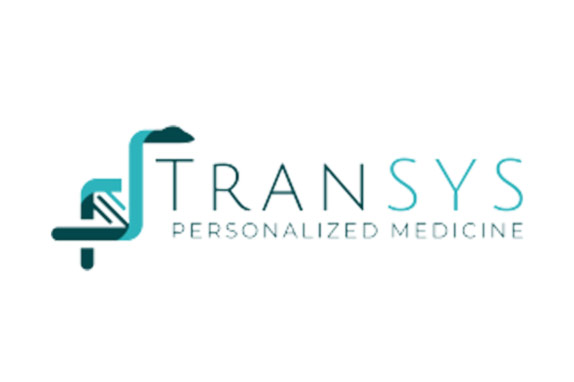
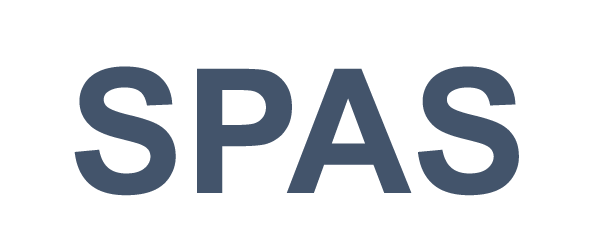

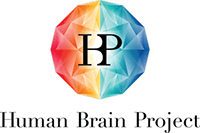

( Click on a project to learn more )
Our contribution
Our contribution
For a neurologist the availability of detailed, structural, functional and molecular information about a patient is overwhelming and requires computational support. At the same time research in Brain Sciences is based on multi-disciplinary collaboration to accumulate and make sense of the required diversity of information. This accumulation of complex data on multiple levels and the need for reproducible image analysis pipelines and integrative analysis brings exciting novel opportunities and challenges for IT-infrastructures.
One challenge on the technological side is to provide semantic, syntactic and technical interoperability of data, data bases, analytical and simulation software. At the same time the results these tools provide need to be combined into a graphical user interface that enable scientist, clinical researchers and clinicians to distil the integrated information into actionable knowledge and make use of it.
Providing NeuroXM™
Providing NeuroXM™ Brain Science Suite
LabVantage-Biomax provides the NeuroXM Brain Science Suite in Brain Science projects to integrate existing knowledge as dense graph, identify context specific layers of data and metadata and sub-graphs and map complex clinical, molecular (multi-omics), imaging and environmental data to generate dedicated knowledge bases for analysis and computational modelling. NeuroXM makes use of latest metadata standards such as OpenMinds and is fully compatible with the Knowledge Graph of the Human Brain Project/EBRAINS.
The unique semantic mapping between multiple brain atlases and the unifying feature space enables the integration of multiple imaging modalities with molecular data. In addition NeuroXM provides the technical interoperability to enable experts for data analysis and machine learning to programmatically access and use the integrated knowledge and data.
Standards and certifications
Supporting clinical research privacy tasks
(GDPR, ISO 9001, ISO 27001)
LabVantage-Biomax is ISO 9001 and ISO 27001 certified and applies the corresponding procedures of quality management and IT-security. The NeuroXMTM Brain Science Suite provides encrypted data transfer, authentication, detailed access control based on resources and roles and full audit.
All technological and organisational measures required by the GDPR are implemented.
GDPR compatible data processing agreement templates are available and corresponding contracts have been approved by company and clinical data protection officers in major European countries.
The ISO 9001 based quality management ensures consistence between specification and reported result, including reviews of requirements and technical specifications, software implementation and documentation.
Quality assessment according to ISO 29119 includes unit, integration, regression and acceptance testing.
Fair data
Ensuring FAIR data
from experimental to computational
LabVantage-Biomax provides the NeuroXM Brain Science Suite as technological framework and its data scientist semantic modelling expertise to generate the interoperable Knowledge Base that provides access to data sources, data analysis tools and computational modelling. In addition we provide data harmonisation, literature mining and data quality services and thereby contributes to a world with more sustainable data. LabVantage-Biomax further supports the development of new neurodata standards as industry partner of the International NeuroInformatics Coordination Facility (INCF).
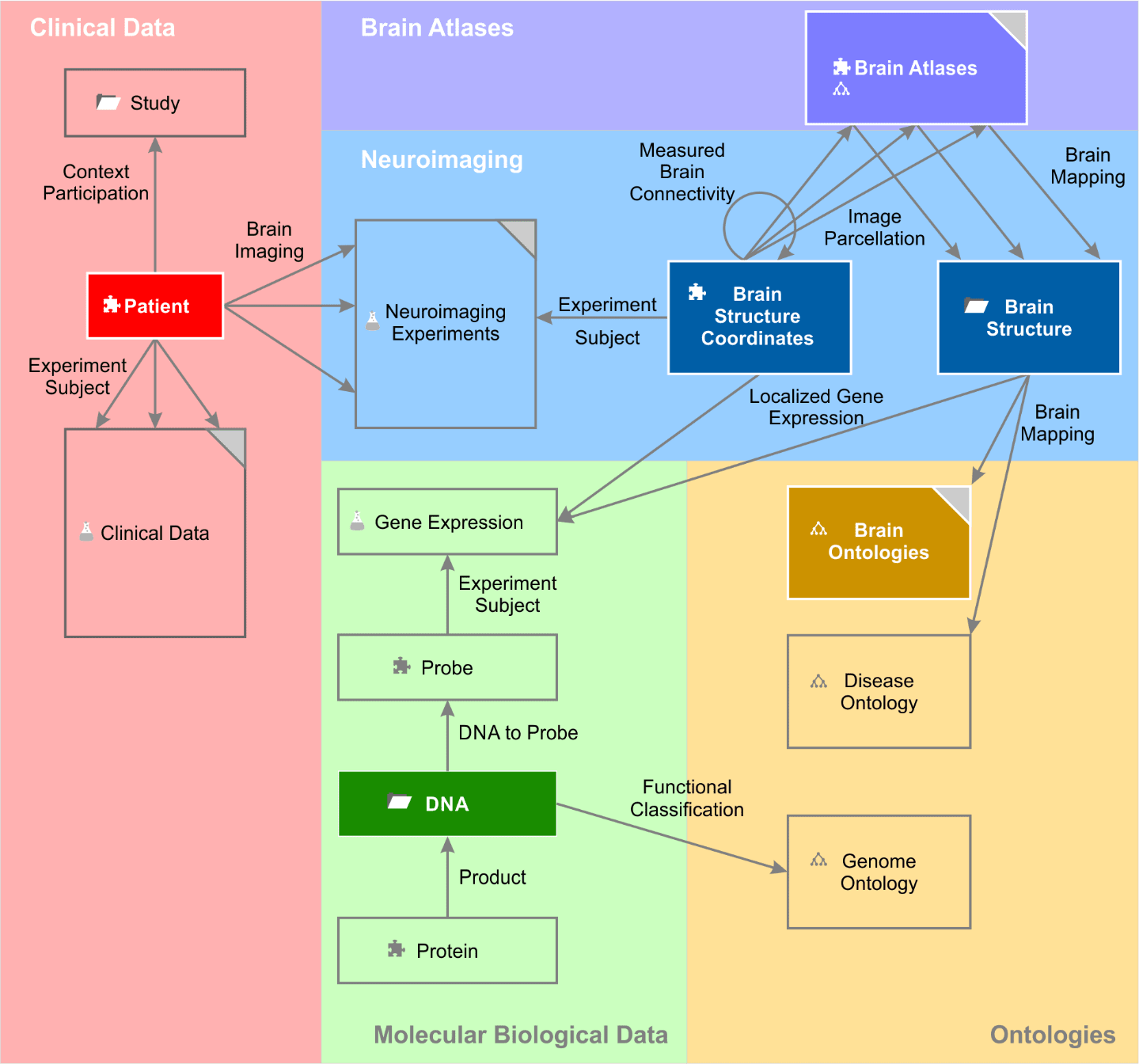
Scientific background
Scientific background
Modern brain science goes beyond individual types of measurements and similar to research in Systems Medicine aims to connect functional and structural as well as molecular information.
Modern brain science goes beyond individual types of measurements and similar to research in Systems Medicine aims to connect functional and structural as well as molecular information.
In complex neuropathologies such as Multiple sclerosis and in psychiatric disease the approaches focused on a single data type such as structural MRI (sMRI) or genetics provide little explanatory and predicitve power regarding the patient functioning.
Therefore, methods to combine information from multiple data modalities are urgently needed. The field of connectomics (the “wiring” of the brain) is such a method which holds enormous value for clinical diagnostics as it connects functional and structural systems on a biological level.
From multiple sclerosis to depression, psychosis and sleep disorder a multitude of diseases and indications have been tackled in the Brain Science projects LabVantage-Biomax is or has been involved.
Partners and funding
Publications
Back to top
